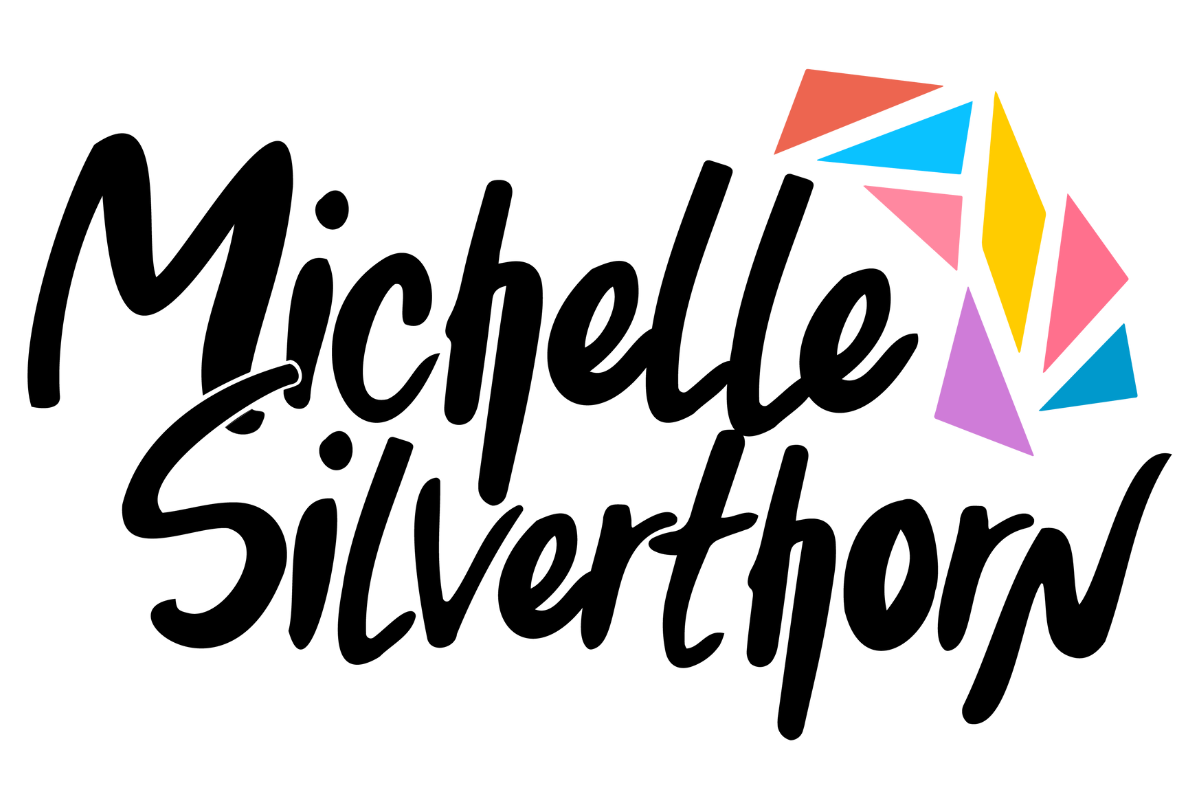Understanding and Interrupting Unconscious Bias
“Unconscious perceptions govern many of the most important decisions we make and have a profound effect on the lives of many people in many ways… Unconscious patterns play out in ways that are so subtle they are hard to spot.” –Howard Ross
How do we process all the data that surrounds us every second of the day? How do the instant decisions we make affect how we view a person and interpret their actions? And what can we do once we recognize that our first impressions can lead to lasting impressions that are very difficult to change? This is our challenge with unconscious bias.
These biases can be based on factors such as race, gender, age, ethnicity, sexual orientation, religion, and disability among others. One way to understand unconscious bias is to acknowledge that it exists in everyone, regardless of their backgrounds or intentions. This recognition can help us to be more conscious of our thoughts, words, and actions towards others.
To ensure everyone is allowed onto the same playing field for success, we need to recognize our biases, then learn how to take the next step toward interrupting our biases for good.
Do the work
This week, I commit to examining and acknowledging my own biases. I commit to being open to diverse perspectives, and being willing to challenge my assumptions and biases.
Spread the word
“This was an eye opening talk. I appreciate the insight and I have a better understanding of implicit bias and racism.”
If you want to keep going
As a shortcut for our thinking, unconscious bias plays a crucial role in how we perceive people who are different, and how those initial conclusions can dramatically affect our belief of another person's competence, performance, and their ability to succeed. To ensure everyone is allowed onto the same playing field for success, we need to recognize our biases, then learn how to take the next step toward interrupting our biases for good.


